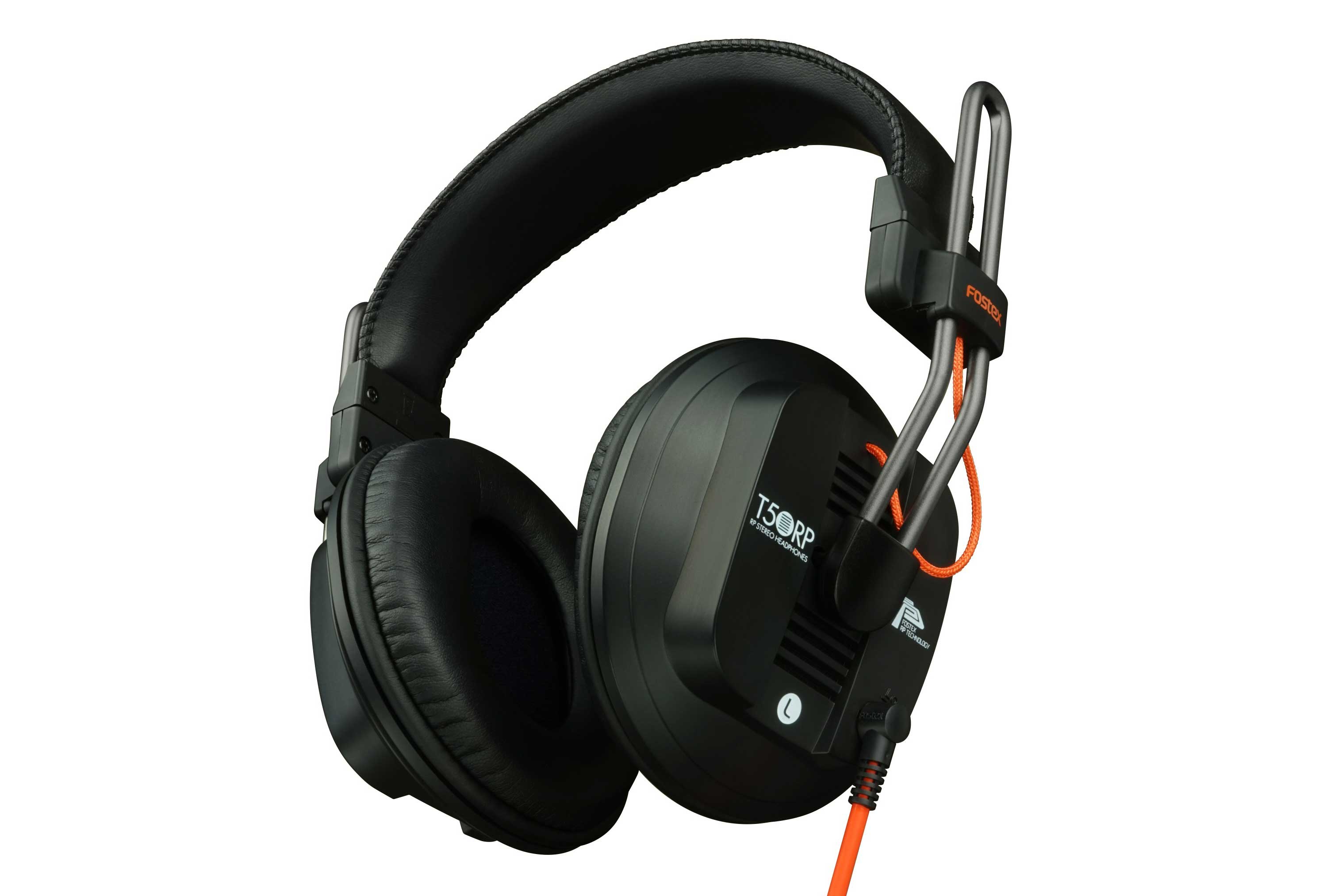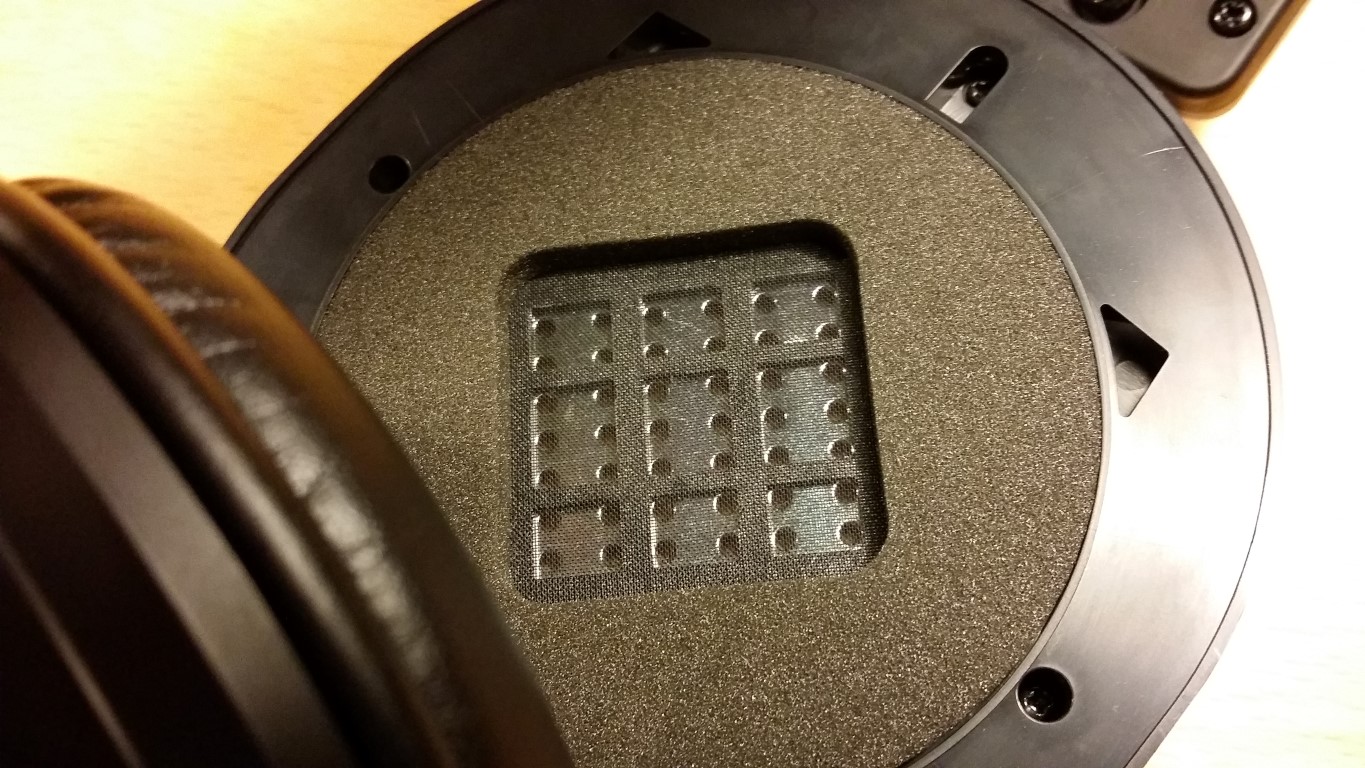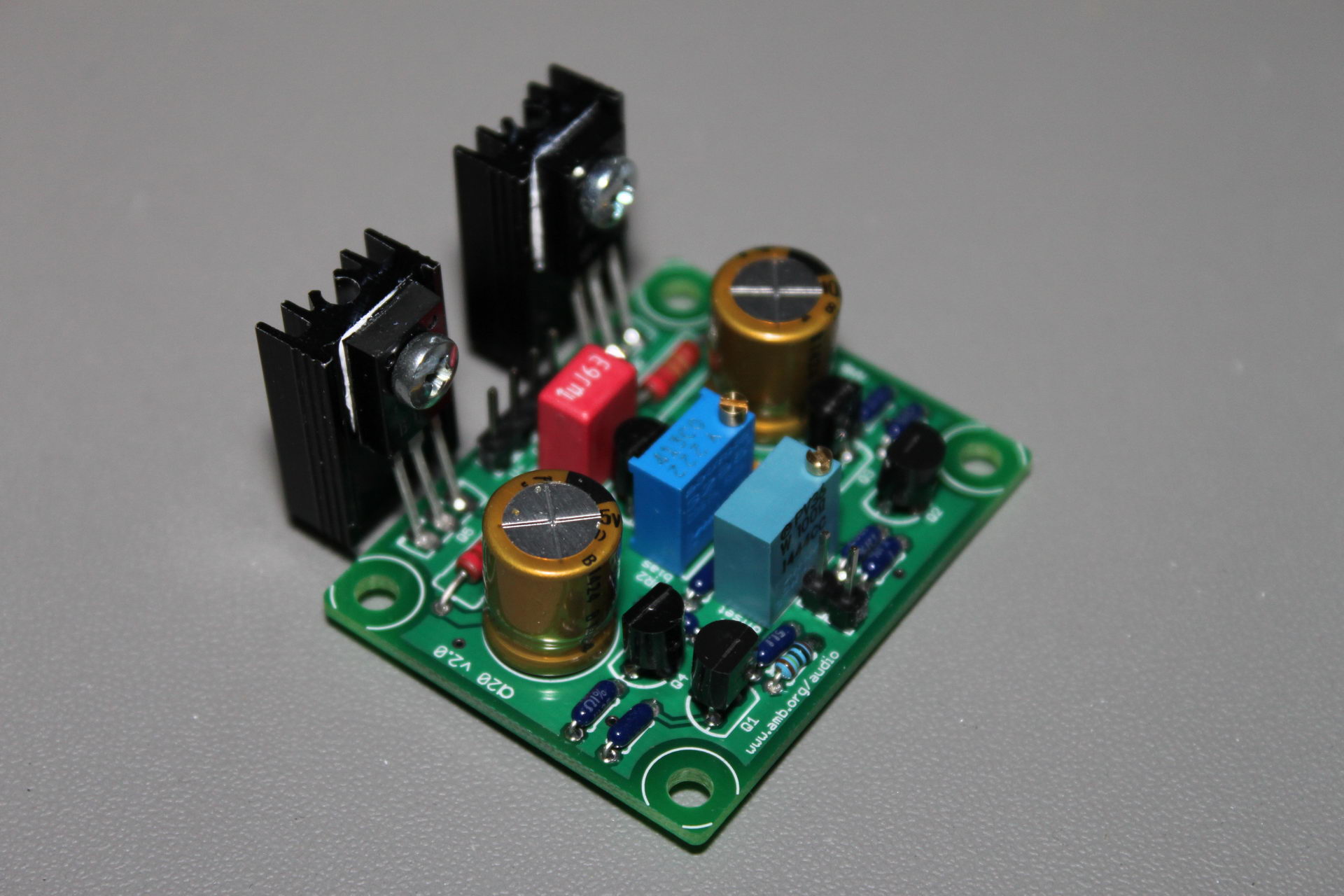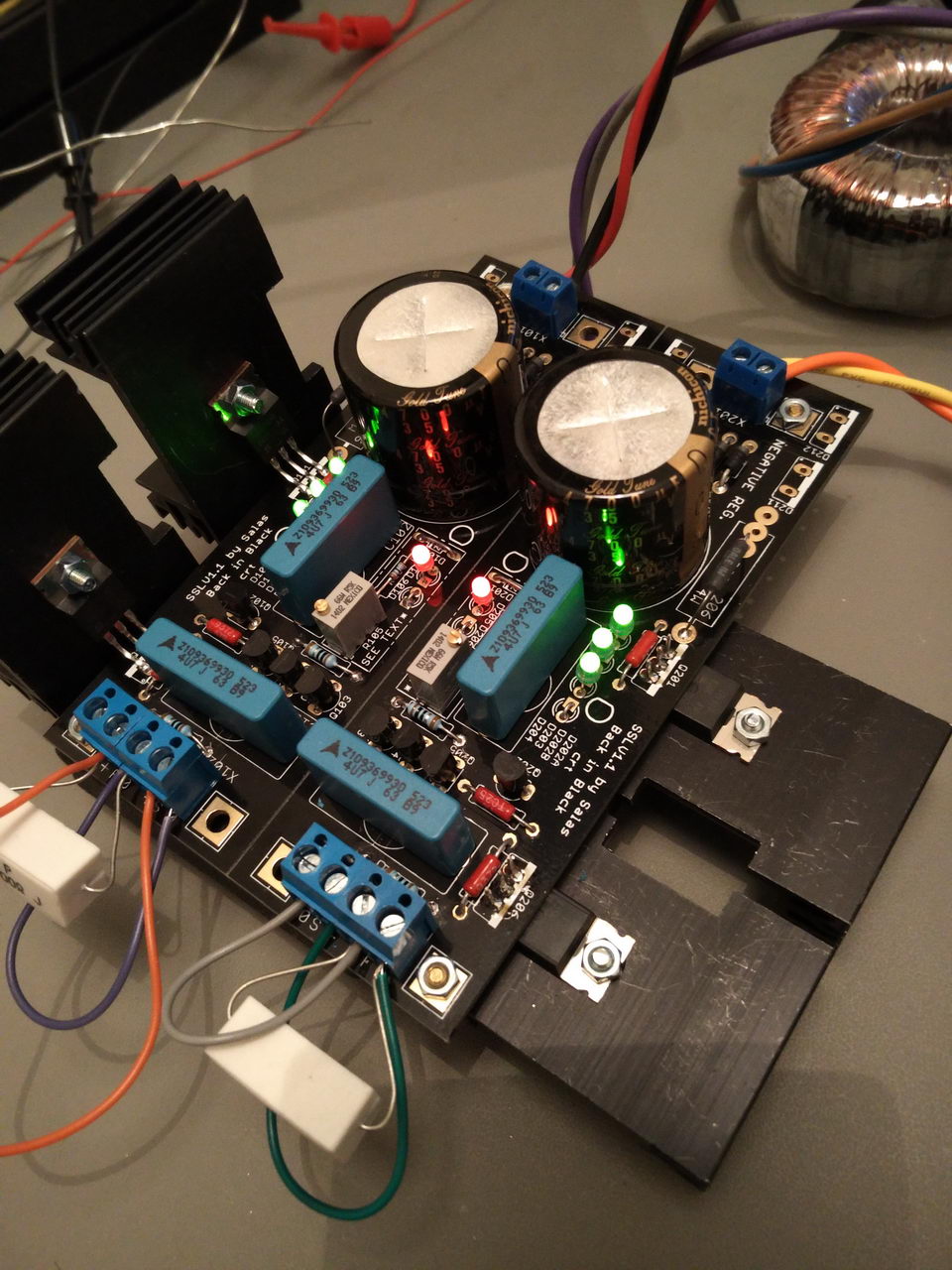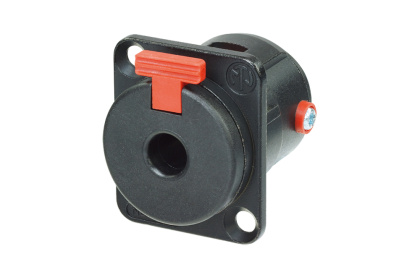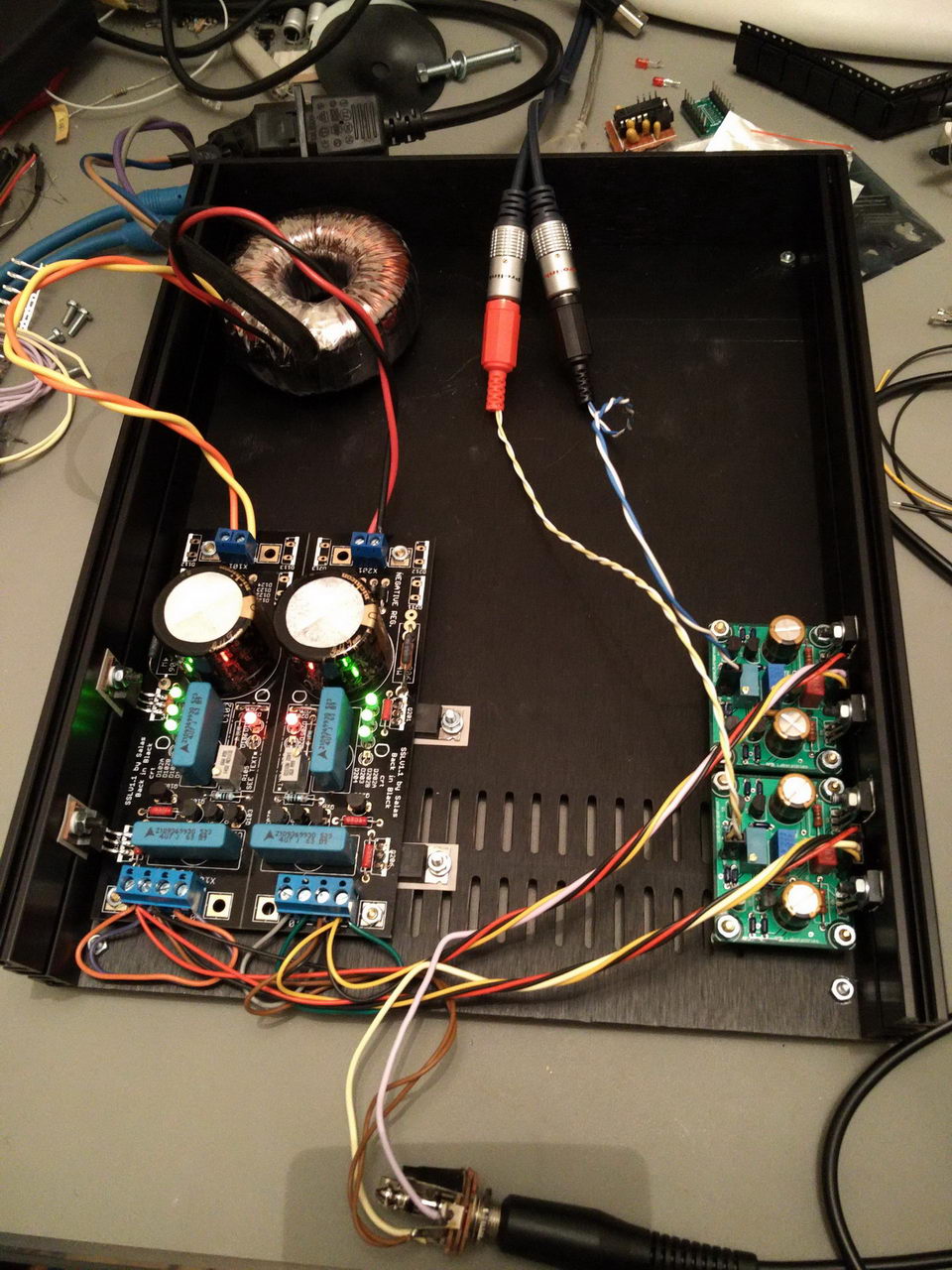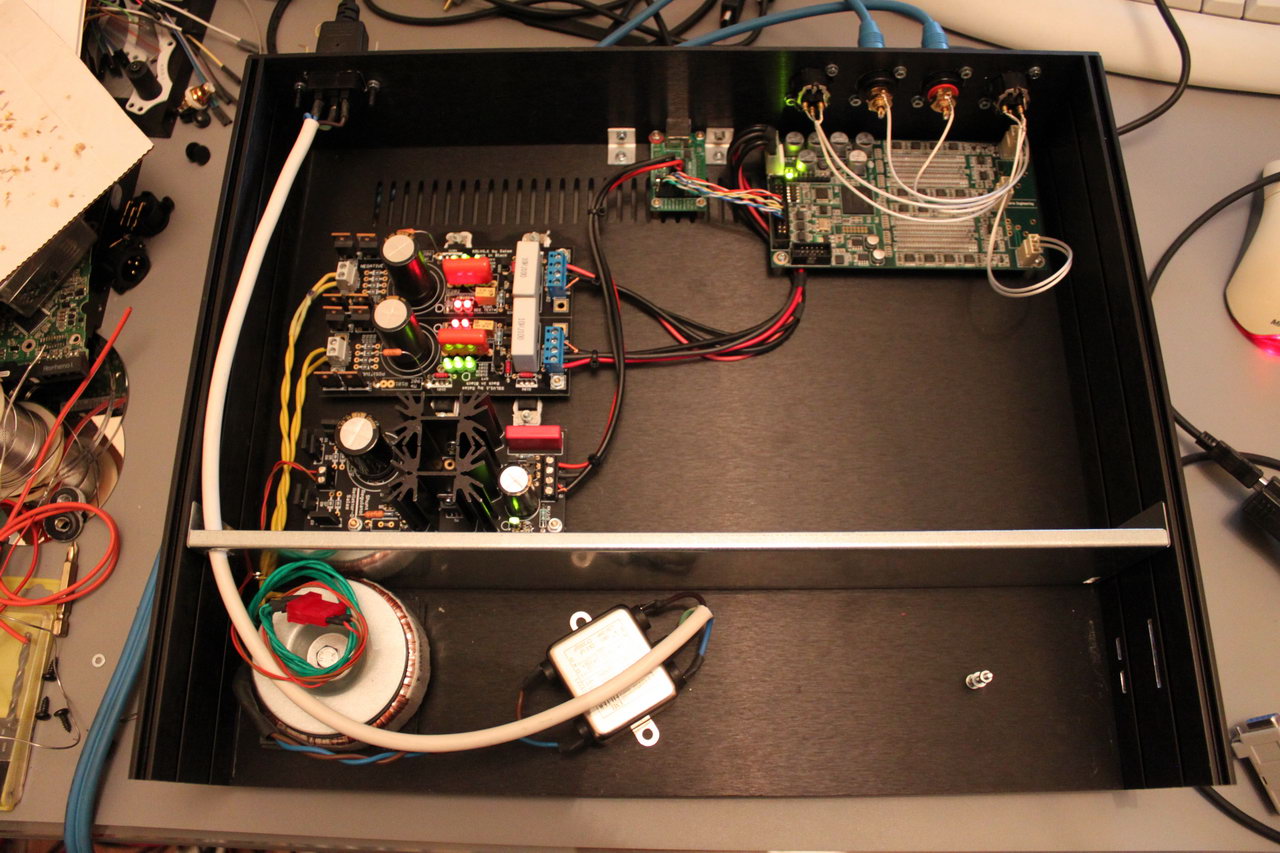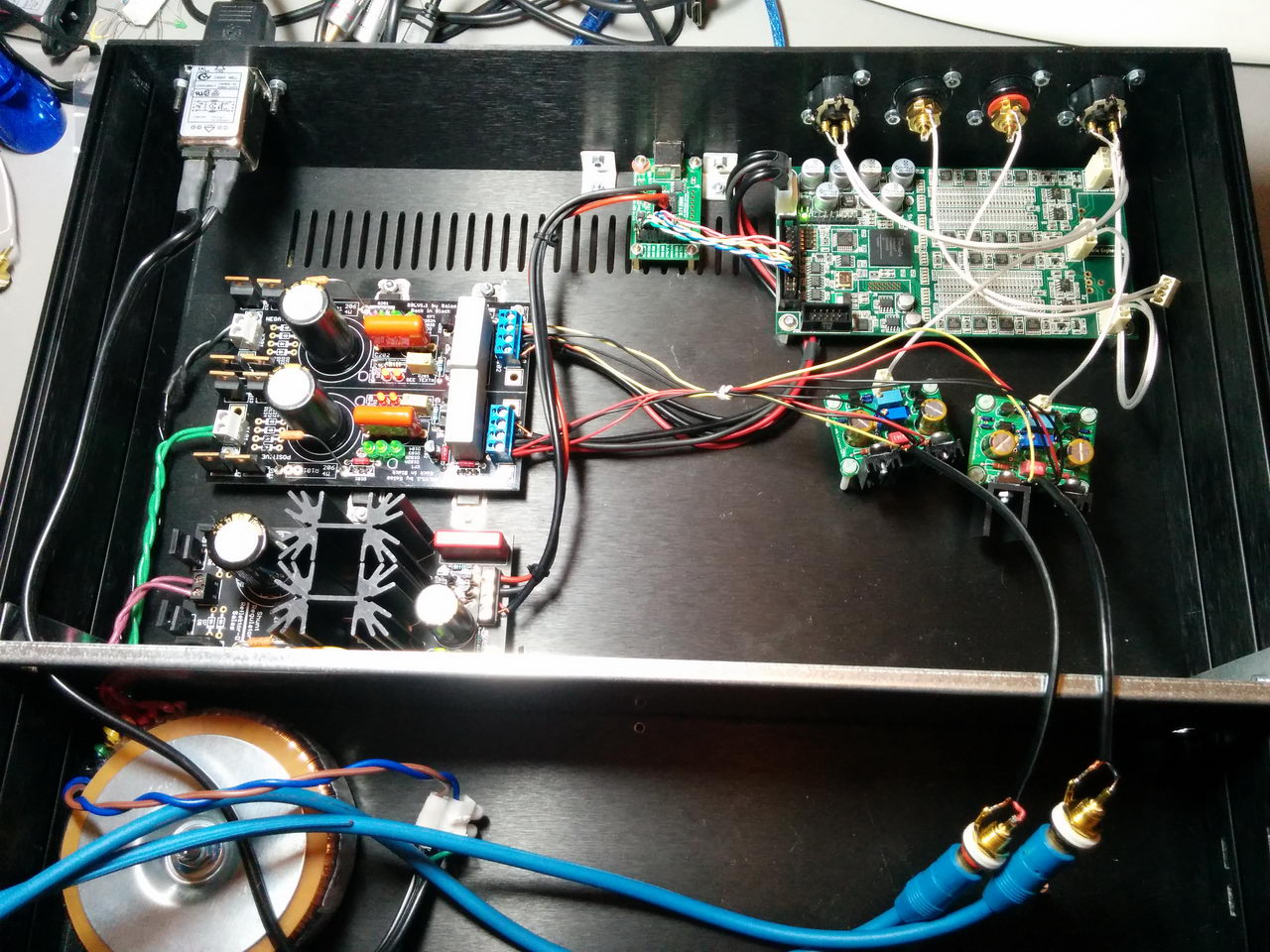After too many years of abstinence from headphones, I was given as a present a pair of Fostex T50RP MK3s.
These headphones have an excellent VFM, having true planar magnetic drivers at a price point of ~150€.
This is what they look like on the inside:
Picture borrowed from here: http://www.head-fi.org/t/763009/fostex-new-rp-headphones-t50rpmk3-t40rpmk3-and-t20rpmk3/375#post_12077324
There is a drawback though, and that is their low sensitivity. ~92dbs mean that my current cell phone has no hope of making them rock. No chance at all. Same goes for pretty much any USB-powered DAC/headphone amp. So anyone serious about driving these headphones needs to look into a proper headphone amplifier.
I said to myself that I should try to build a proper amp with parts that I already had lying around, so I looked at my stockpile. I realized that I had a brand new pair of AMB alpha20 class-a line amplifiers, rated at 3.0Wrms into 33Ω with a ±18VDC power supply.
The T50RP are 50Ω and can handle up to 3000mW, so I thought that they would be a good match.
Powering the alphas by my bench power supply, I connected them to my audio card’s line out (an Auzen X-Meridian) and hooked up the headphones. The result was impressive. The alphas delived sound that was clear, crisp, with very little distortion. Plus they managed to achieve SPLs well into eardrum-damaging territory. Good.
Next up was the power supply. I had a set of Salas BiB shunt regulators that were collecting dust, so they would do just fine.
I set them up for a CCS current of ~300mA.
The case would be a Modushop.biz Galaxy 1U aluminum one that I had bought for a project that never went beyond the design phase.
I was missing a transformer that would fit inside the 1U case, so I bought a 25VA unit from Mouser.
At last but not least, I needed a 1/4″ TRS jack that could be mounted on a 10mm thick aluminum face. Neutrik had the perfect part for the job:
So, all I ended up purchasing was the trafo and the 1/4″ jack. Nice.
So now I had a functioning headphone amplifier.
The next step is to add a USB to I2S interface, a DAC, some sort of volume control, another power supply to power them and an Arduino & Screen to control them. Space might be an issue..

